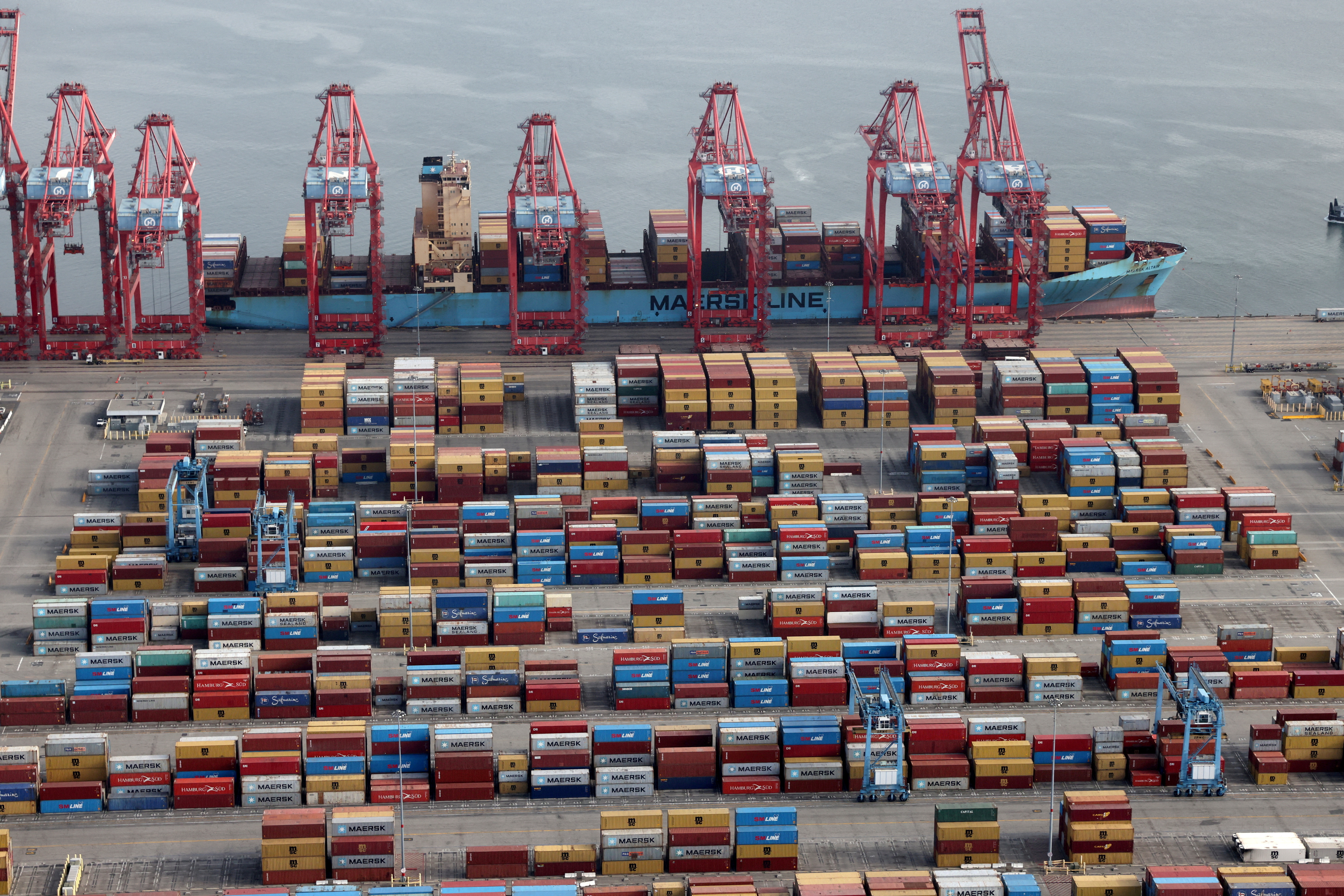
Forwarder says lines creating “artificial demand”
LONDON : A European freight forwarder has accused the lines of creating “artificial demand” by blanking sailings and talking up a looming empty box crisis.
The forwarder, who wanted to remain anonymous, claimed that carriers were talking up the market prior to Chinese New Year in the hope that they could maintain or increase rates after the Chinese holidays in the second half of February.
“Chinese New Year starts this week because anything leaving before CNY must be booked now,” said the forwarder. “The lines are creating artificial demand, but the lines are coming unstuck because there’s no demand there.”
Demand is slowing substantially according to the forwarder while costs have increased, but he said this is by far less than the lines are claiming. A 20,000 TEU vessel diverted around the cape will increase costs by US$1 million/day, which is just US$50/TEU/day extra, or US$700 for the full 14-day diversion.
Even with only minimal increases in costs, carriers are charging around US$5,000/FEU for Asia to North European ports, according to the forwarder.
Rates rose by far more than costs as uncertainty gripped the market following the initial attacks in the Red Sea during November and December, but shipping consultant Drewry expects this uncertainty to diminish now that the first diverted ships are beginning to arrive into European ports.
Simon Heaney, an analyst at Drewry, commented, “Anecdotally the feedback is that for February bookings space is less of a problem… With capacity, it’s a fear of what might happen, but getting boxes back to Asia is less of a problem and Chinese manufacturers are ramping up production so that should allay fears of shortages.”
Meanwhile, the Hong Kong consultancy Linerlytica believes that the increase in rates has “peaked” with lines now looking at a post-CNY slack period.
“After eight consecutive weekly hikes since the end of November that raised the SCFI [Shanghai Container Freight Index] by 126%, the weekly gains have slowed down,” noted Heaney.
Nevertheless, the consultant still claims that “freight rates are still expected to retain most of their recent gains after the Chinese holidays as the shortage of both vessel capacity and container equipment would still persist.”
Clearly, there is a difference of opinion within the analyst community, but that is not surprising given that even the indexes disagree, with the China Containerized Freight Index (CCFI) reportedly saying that Shanghai to Europe spot rates fell 2.4% over the last week.
Either way predictions of US$12,000/FEU that some industry observers were expecting over the last few weeks seem wide of the mark today unless the market suffers another shock.
Heaney believes that the visibility has been eroded as cape diversions have ramped up with some carriers switching off AIS equipment, but there are new ships arriving every week, 36 in the last 10 days, according to Linerlytica, and this will help with the constrained capacity from the longer sailings.
However, the situation remains unclear, said Heaney, adding that “new surcharges related to the Suez crisis have quickly appeared under different nomenclature, including Transport Disruption Surcharge, Emergency Operation Surcharge and Contingency Adjustment Surcharge, to name just three.”
He pointed out, “It’s a confusing alphabet soup for shippers, not helped by the lack of guidance about how the numbers are derived.”

